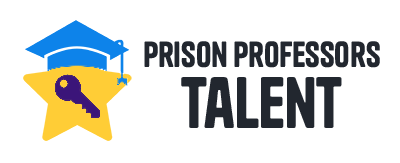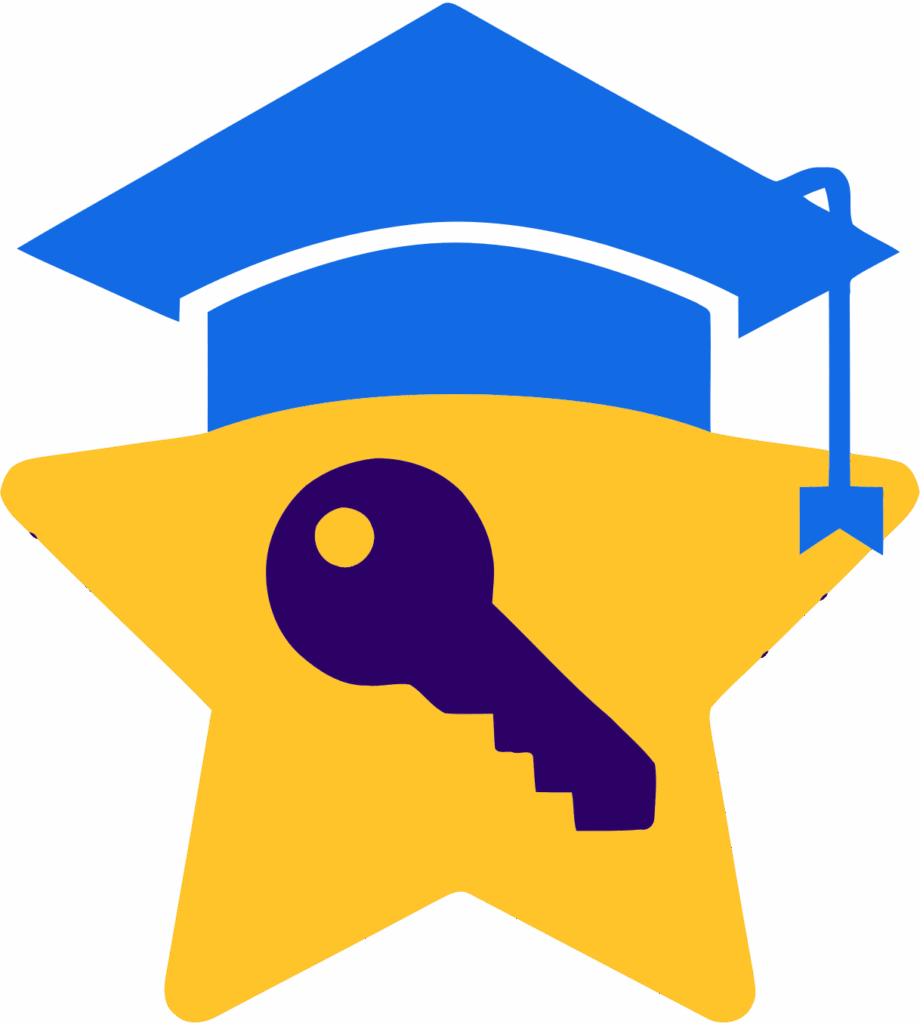Book Report: David and Goliath by Malcolm Gladwell
This book provides a look at lopsided conflicts, when overwhelming odds produce greatness and beauty. We unfortunately misread, misinterpret people, giants aren’t what we think they are, their strengths can also be their biggest weaknesses. On the flip side, the underdog can change people, open doors, create opportunities, educate, enlighten and make possible what others thought was unimaginable.
In Malcolm’s first recoutn he looks at the classic biblical battle between David and Goliath. David comes before Goliath with God on his side and fights using a tactic Goliath was not expecting.
Then the author jumps into a 12 year old’s basketball team, who has never played basketball before and the coach with two strategies, to never yell at the players and using a full court press, takes the team to the national championship. This helps to emphasize that underdog strategies are sometimes hard and require extra energy/effort, which can trump ability.
Then the author relates his theory to child rearing and development along with the concept of the U-shaped inverted curve, which he uses to illustrate that even things like money can and do help with parenting up to a point, but after a certain point it can actually be harmful or detrimental. Kids from or with means/money can become spoiled or entitled. The same argument can be made for the size of classrooms and learning. Bigger, stronger, richer is not always better. As is the same for the concept of getting into the finest institutions for the best education and potentially becoming a “small fish in a big pond” rather than staying a a “big fish in a small pond”. A “small fish in a big pond” has shattered many a confidences and damaged many a careers. And studies suggest that the best students from mediocre schools are always a better bet that good students from the very best schools.
Then the author gets into dyslexia and how conventional wisdom holds that a disadvantage is something to be avoided, however there are “wakes” of individuals that had these “weaknesses” or “disadvantages”, and with hardship persevered and became incredibly successful people in society, as they developed their strengths. Or how trauma can strengthen one’s resolve to continue to fight or never give up or conquering fear promotes courage and we discover that tough times aren’t so tough after all.
Then the author expands into power and how it also can have an inverted U shaped curve relationship, relating to governing bodies or courts trying to impose their might on people. Again, some strategies that work really well initially stop working past a certain point, which is what many criminologists argue happens with punishment. For instance, criminals don’t think like regular civilians and harsh punishments can have detrimental affects on the family, children, income and relationships post incarceration, potentially creating an issue where the law becomes the “enemy”.
And finally he relates the concept that we should maybe just forgive those that trespass against us rather than seeking revenge, which can ultimately tear us and our family’s lives apart.
These are really interesting concepts to explore and ponder especially because I have school aged children that I also coach. So the idea of classroom sizes, parenting and coaching are very relatable to me. I also really like the idea presented around forgiveness. Over the years there has been various situations in business where people have tried to short change me or take advantage of me or they try to defame or hurt our practice and I have really come to realize that it is just better to “forgive and forget”, rather than letting whatever resentment or seed of bitterness well up in my life, potentially causing more issues.

